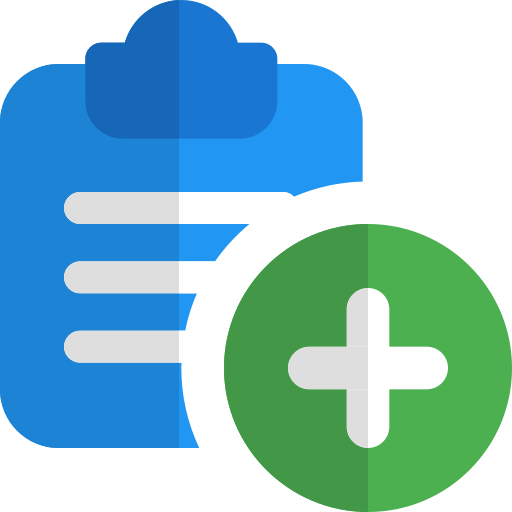The Role of the Reading Tutor in Improving Early Literacy
The Role of the Reading Tutor in Improving Early Literacy
Early literacy is essential to a child’s academic success, and reading tutors play a pivotal role in fostering these foundational reading skills.
By providing targeted support, reading tutors help young learners develop the competencies necessary for proficient reading.
Many states in the US have recently passed legislation to support struggling readers through targeted initiatives.
In Canada, a report on its highly decentralized collection of individual tutoring programs indicates that early literacy tutoring generally leads to positive learning outcomes.
With reading tutoring gaining prominence in recent years, now is the time to take a closer look at the role of reading tutors.
This article covers the most prominent type of tutoring in early literacy and the unique role tutors play in delivering these sessions. It explores why tutors are an asset to schools and how partnerships between schools and tutors are structured. Finally, it examines the impact of tutoring on early literacy.
High-Dosage Tutoring Needed for Early Literacy

The National Center for Education Statistics reported that 78% of public schools offered some form of tutoring for students as of October 2024.
Out of this number, 37% of public schools offered high-dosage tutoring, which is defined as sessions that align with evidence-based curriculum, are at least 30 mins, and happen three or more times a week.
Most of this high-dosage tutoring is concentrated in elementary education, signifying its importance for early literacy.
High-dosage tutoring demands dedicated reading tutors. For it to be effective, the role cannot be absorbed by other early literacy team members.
What unique expertise do reading tutors bring to early literacy development?
Distinction Between Reading Tutors and Other Early Literacy Positions

The biggest difference between reading tutors and other early literacy positions, lies in tutors’ scope and role within the school system.
Reading tutors may operate independently or within school settings, but usually still outside the instructional hours, either before/after school, or through pull-out sessions, or private sessions.
Their role is usually supplementary rather than systematic.
Perhaps, the “reading interventionist” is the role that is most similar to reading tutors.
Interventionists are part of the school system and follow structured intervention programs, such as Response to Intervention and Multi-Tiered Systems of Support, while tutors operate with more flexibility, often outside of school-provided interventions.
Another key difference between reading tutors and other early literacy positions such as reading/literacy coaches and reading specialists, is that tutors are usually focused more on direct instruction.
Reading tutors work one-on-one or in small groups to provide short-term targeted, skill-based intervention for struggling readers.
Reading coaches and specialists are also involved in direct instruction, but they are often in charge of other responsibilities as well, such as teacher support, curriculum development, or school-wide literacy strategies.
While reading tutors are different from other literacy positions, how do they best help students?
The Reading Tutor Advantage. School Districts’ Secret Weapon.
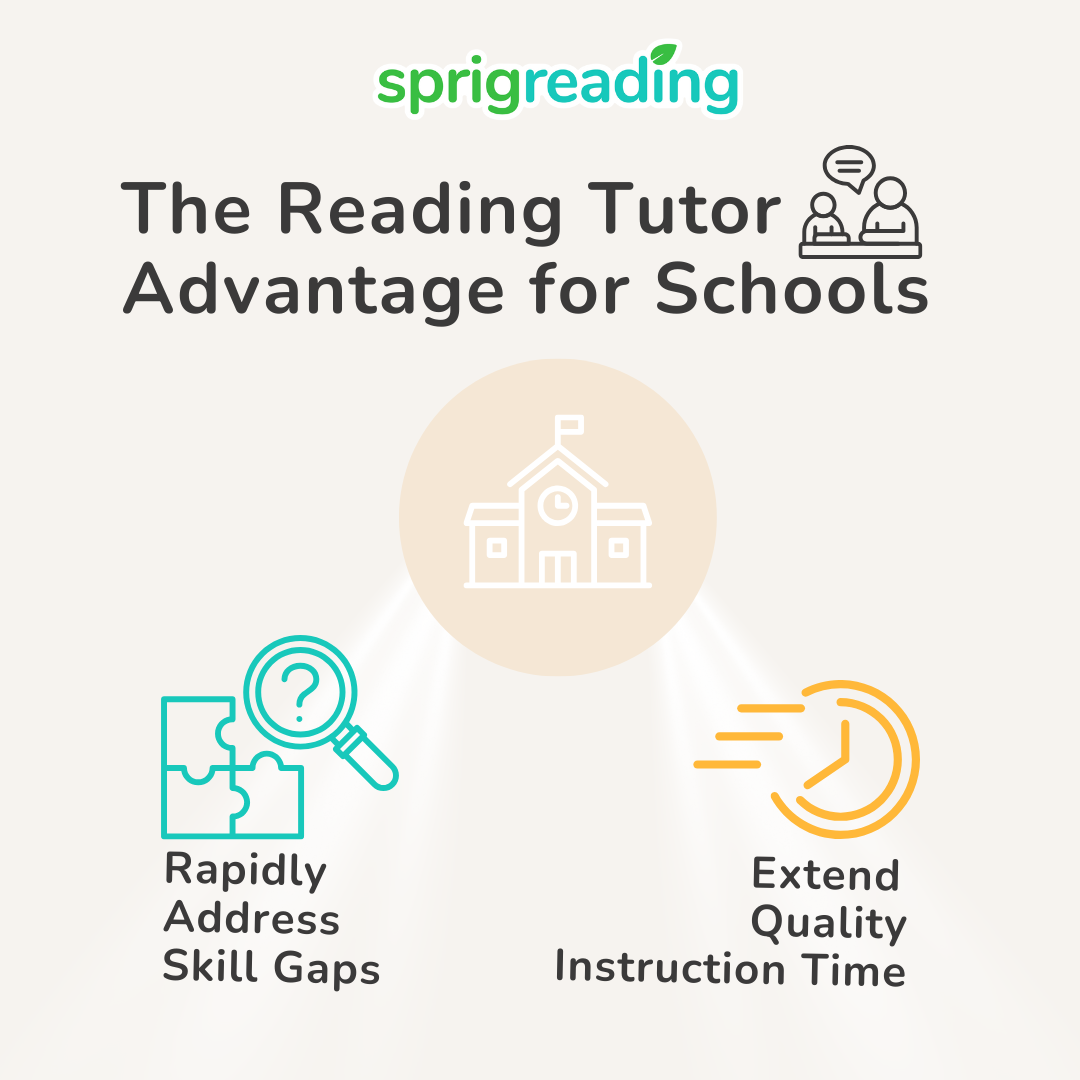
Many tutoring models, especially high-dosage tutoring, involve daily or multi-weekly sessions, demanding more focused interactions in early literacy through explicit instruction and practice.
This means that as schools focus on learning recovery, tutoring sessions offer an efficient way to extend quality instructional time without straining existing resources or staffing capacity.
Unlike teachers, who must manage whole-class instruction, and reading coaches or specialists, who focus on direct instruction in school setting, instructional strategies and professional development, tutors can focus exclusively on filling skill gaps for specific students.
This means that for struggling readers at risk of falling further behind, a reading tutor can be their most effective solution for rapidly addressing skill gaps that are hindering progress and preventing them from mastering new concepts.
Collaboration Between Reading Tutors and Schools
Reading tutors often collaborate with schools to provide supplemental instruction that aligns with the school’s literacy programs. This partnership ensures consistency in instructional approaches and reinforces the strategies employed in the classroom.
Effective collaboration may involve regular communication between tutors and classroom teachers, sharing assessment data, and coordinating intervention strategies to support student progress comprehensively.
They can be volunteer private tutors enlisted by the school for support, tutors from service provider organizations contracted by the school or by individual parents, or individual tutors directly employed by the school. The following examples illustrate these cases.
Examples of Reading Tutor and School District Partnerships

Several initiatives demonstrate successful collaborations between reading tutors and school districts:
Enlisting Help from Volunteer Private Tutors
Chapter One’s Online Reading Volunteers Program: Chapter One is a global education nonprofit organization, dedicated to improving early literacy outcomes for children in under-resourced schools. Their Online Reading Volunteers Program trains corporate volunteers in early literacy instruction and connects them with local schools.
Volunteers engage in virtual tutoring sessions with students, focusing on building fluency, comprehension, phonics, and spelling skills.
Enlisting Help From Tutoring Service Provider Organizations
Literacy First’s AmeriCorps Model: Based in Texas, Literacy First places AmeriCorps members as early literacy tutors in schools to provide daily, one-on-one tutoring sessions to kindergarten through second-grade students.
AmeriCorps members undergo rigorous training in early literacy strategies and progress monitoring, working closely with teachers and school staff to align interventions with classroom instruction.
Directly Employing Private Tutors
Tennessee Dept. of Education’s Accelerating Literacy and Learning (ALL) Corps: Launched in response to pandemic-related learning loss, this initiative provided funding for districts to hire high-dosage, school-based tutors. These tutors worked directly with students in small-group settings during the school day, focusing on early literacy and math.
Unlike external tutoring organizations, TN ALL Corps tutors were district-hired employees, fully integrated into school operations, and supporting struggling readers within their existing school environment.
Ottawa-Carleton District School Board (OCDSB)’s Tutoring Hires: State or provincial education departments aside, some school districts have hired individual tutors as integral members of their instructional teams. For example, the OCDSB in Ontario has posted positions for tutors to work during the school day, providing targeted support to small groups of students.
These tutors are responsible for assisting in classrooms, offering individualized instruction, and collaborating with school staff to enhance student learning outcomes.
These partnerships between schools, education departments, organizations and tutors highlight the effectiveness of integrating reading tutors into broader educational strategies to improve literacy outcomes.
How much of a difference do tutors make in early reading? The last section of this article explores just that.
The Impact of Reading Tutors on Early Literacy

The involvement of reading tutors in early literacy development has shown promising results.
For instance, a study of a large, urban school district on the East Coast, found that kindergarten and first-grade students who received targeted tutoring outperformed their peers on end-of-year literacy assessments.
Studies suggest that even brief, daily tutoring sessions can lead to notable gains in early reading skills, making tutoring a feasible intervention within the school day.
These findings emphasize the value of reading tutors in providing targeted support that addresses individual student needs and promotes literacy development.
Progress monitoring tools can further support educators and tutors by offering comprehensive resources for assessing and developing foundational reading skills, ensuring that every child has the opportunity to become a proficient reader.
It does this in two ways that are especially relevant to the reading tutor.
1. As tutors spend significant time with their students, they are well-positioned to record observational assessments and capture insights that may be missed in formal evaluations. However, without quick digitization, these assessments can be difficult to track and manage.
Sprig Reading streamlines this process with its Circle Charts, covering the full range of foundational reading skills and offering built-in note-taking for each assessment. This enables tutors to precisely track progress, document a student’s depth of knowledge with accuracy, and share these findings with educators across an integrated digital platform.
2. As tutors focus on closing skill gaps that other resources haven’t addressed, they often need to target specific subskills that hinder a student’s progress. Within a broad foundational skill domain, tutors must determine which sub skills a student has mastered, which need more practice, and which require reteaching.
Sprig Reading provides instant visibility into these insights by maintaining detailed assessment records for every subskill, ensuring precise, data-driven instruction.
We hope this article provided valuable insight into the tutor’s role in early literacy. Want to learn more about other key members of an early literacy team? Sprig has written previously on teachers, principals, reading specialists, literacy coaches, and has highlighted many other roles in articles on building the right early literacy team.
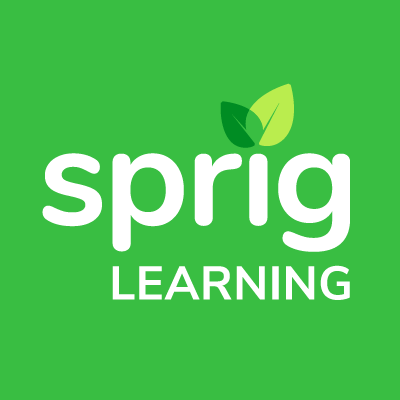

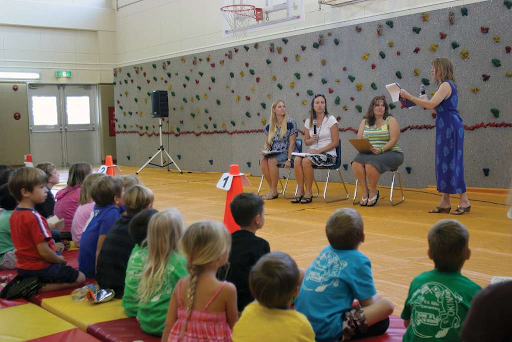
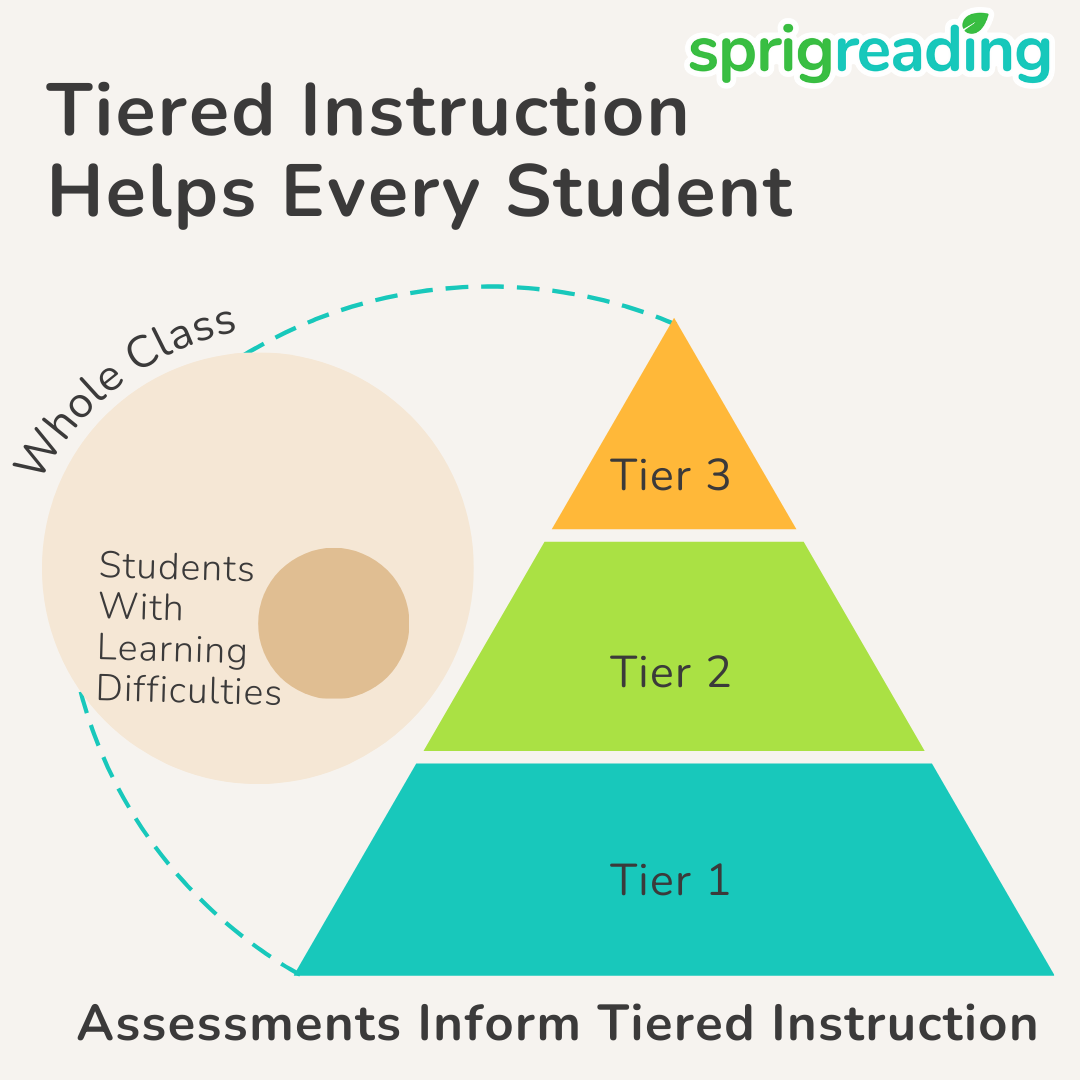

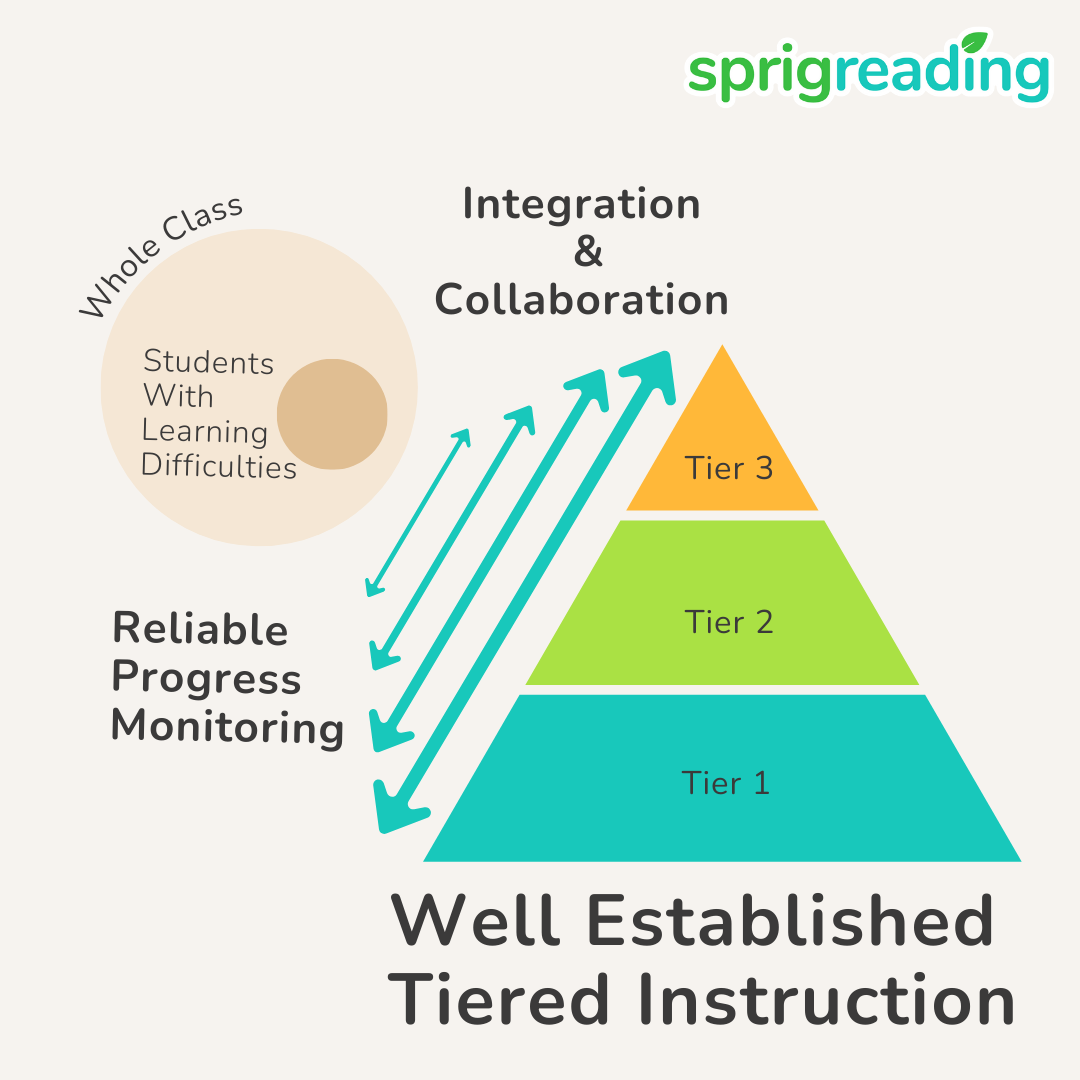
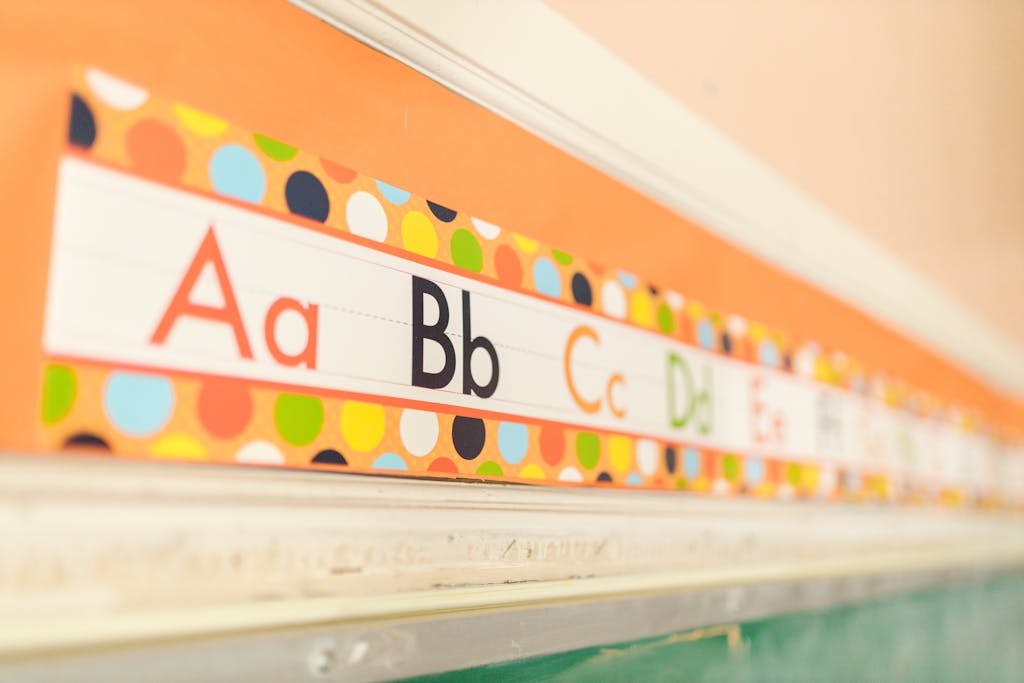
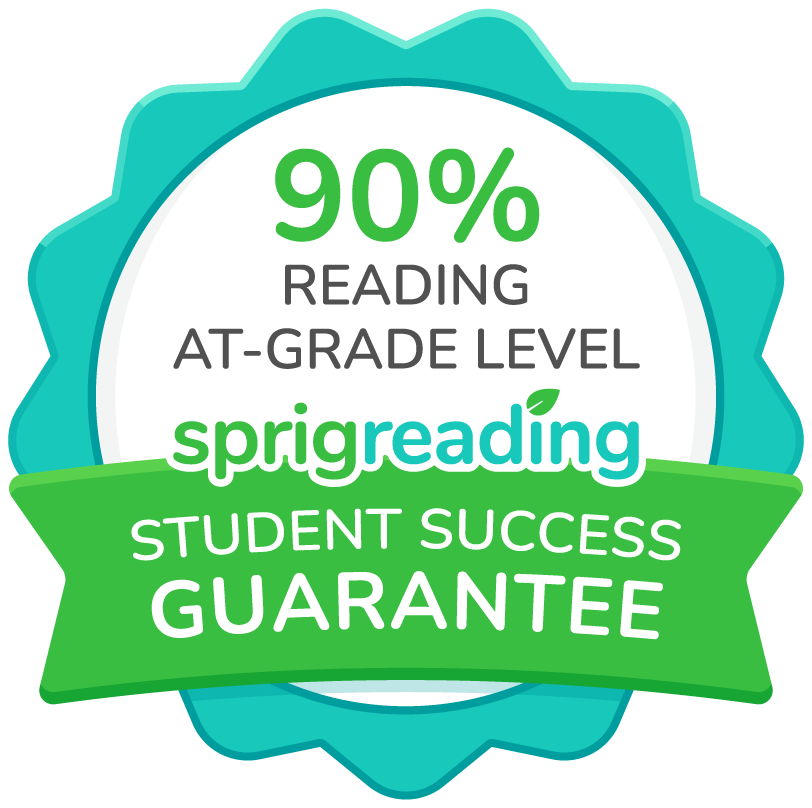
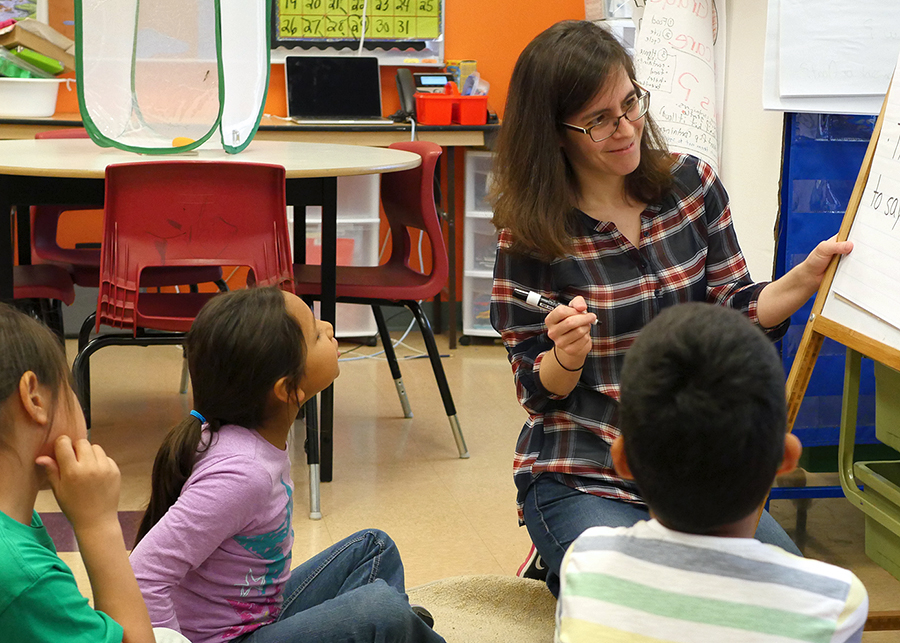
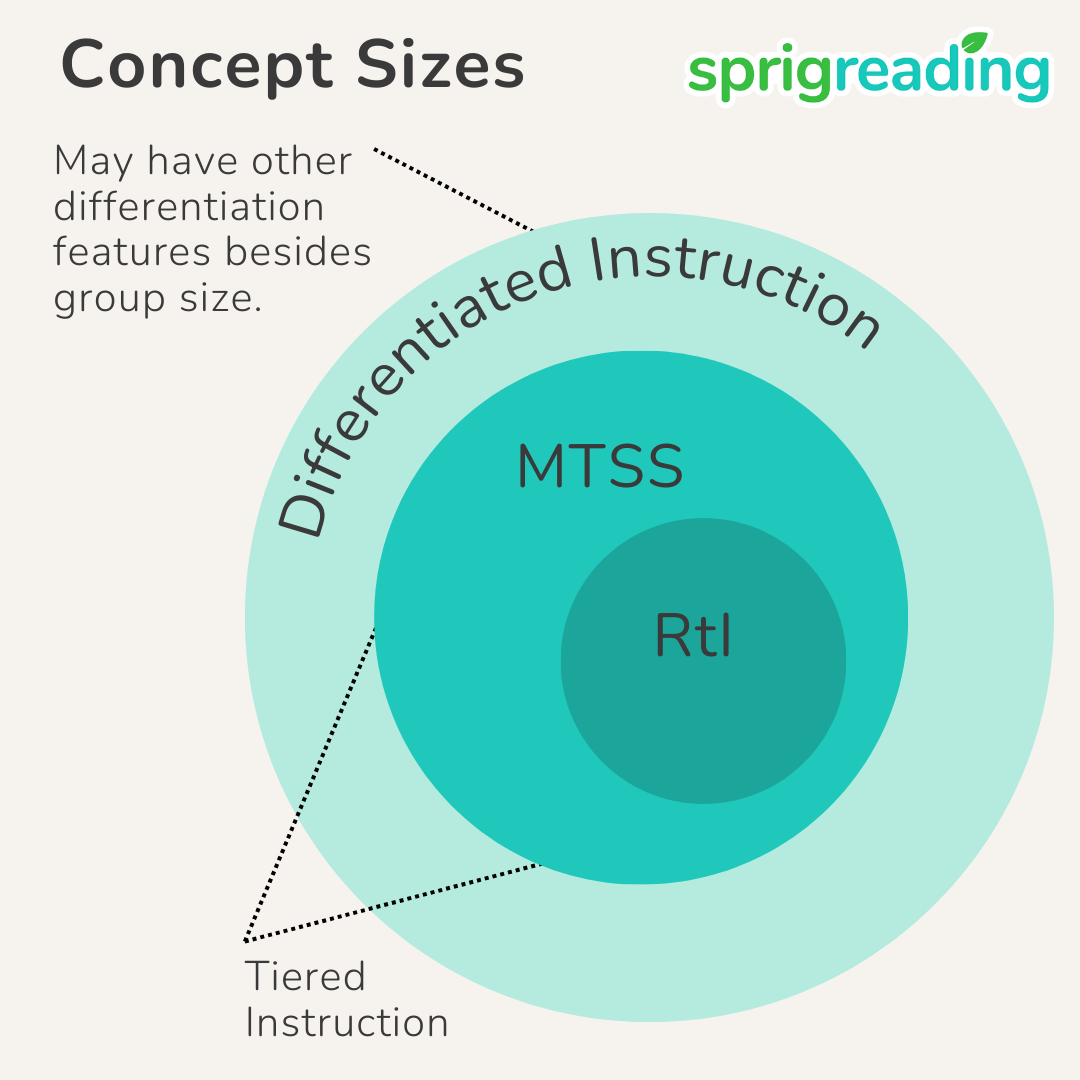
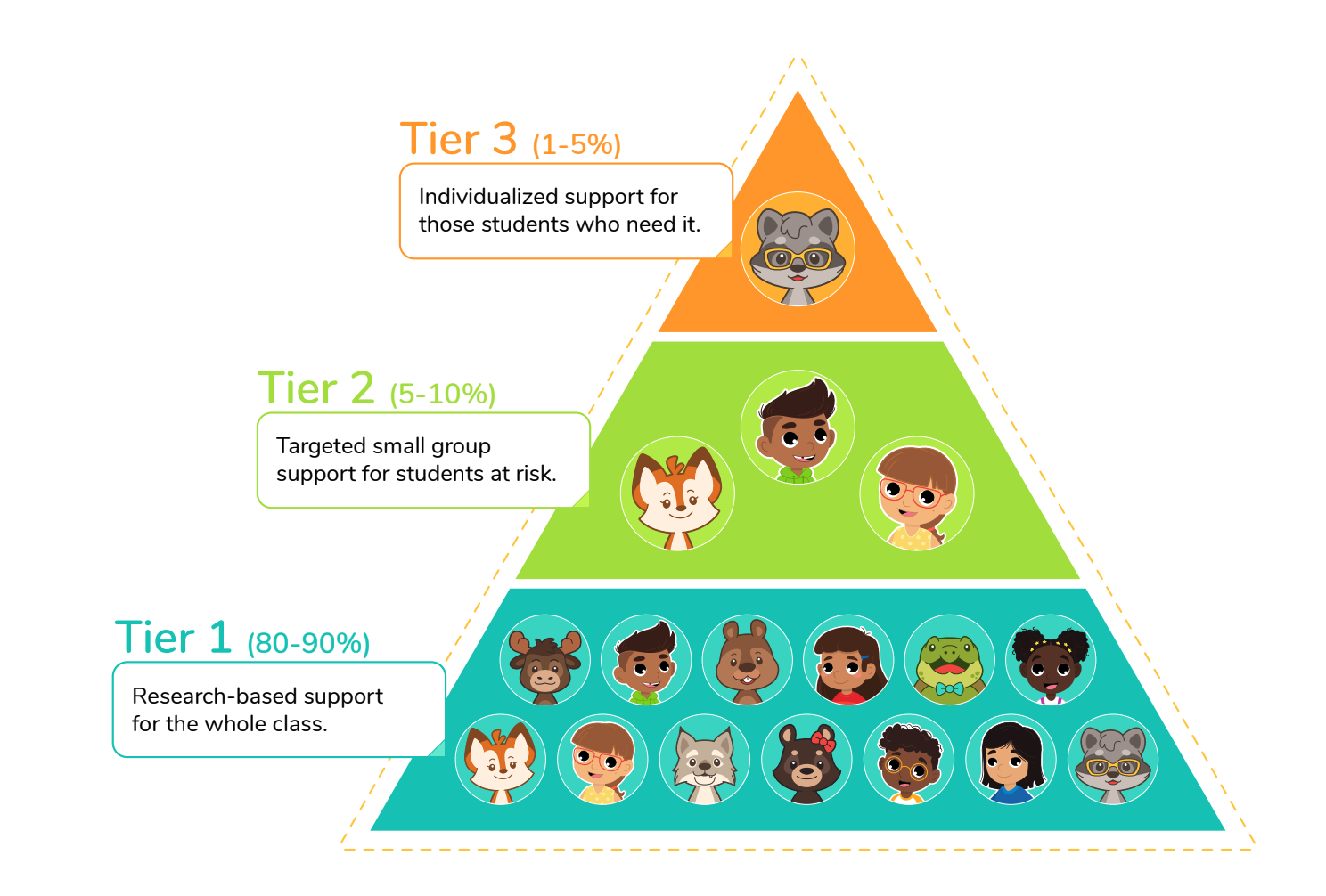

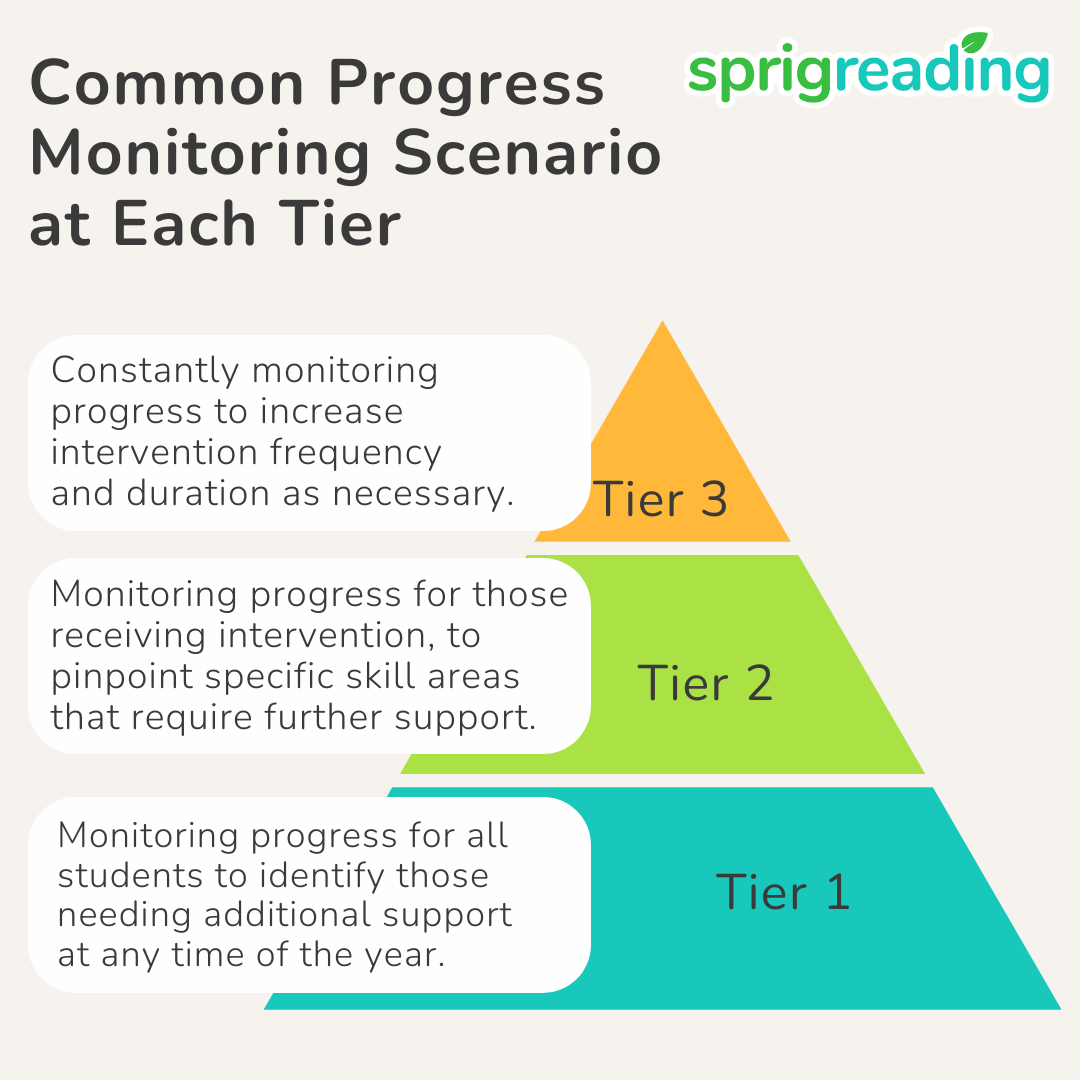
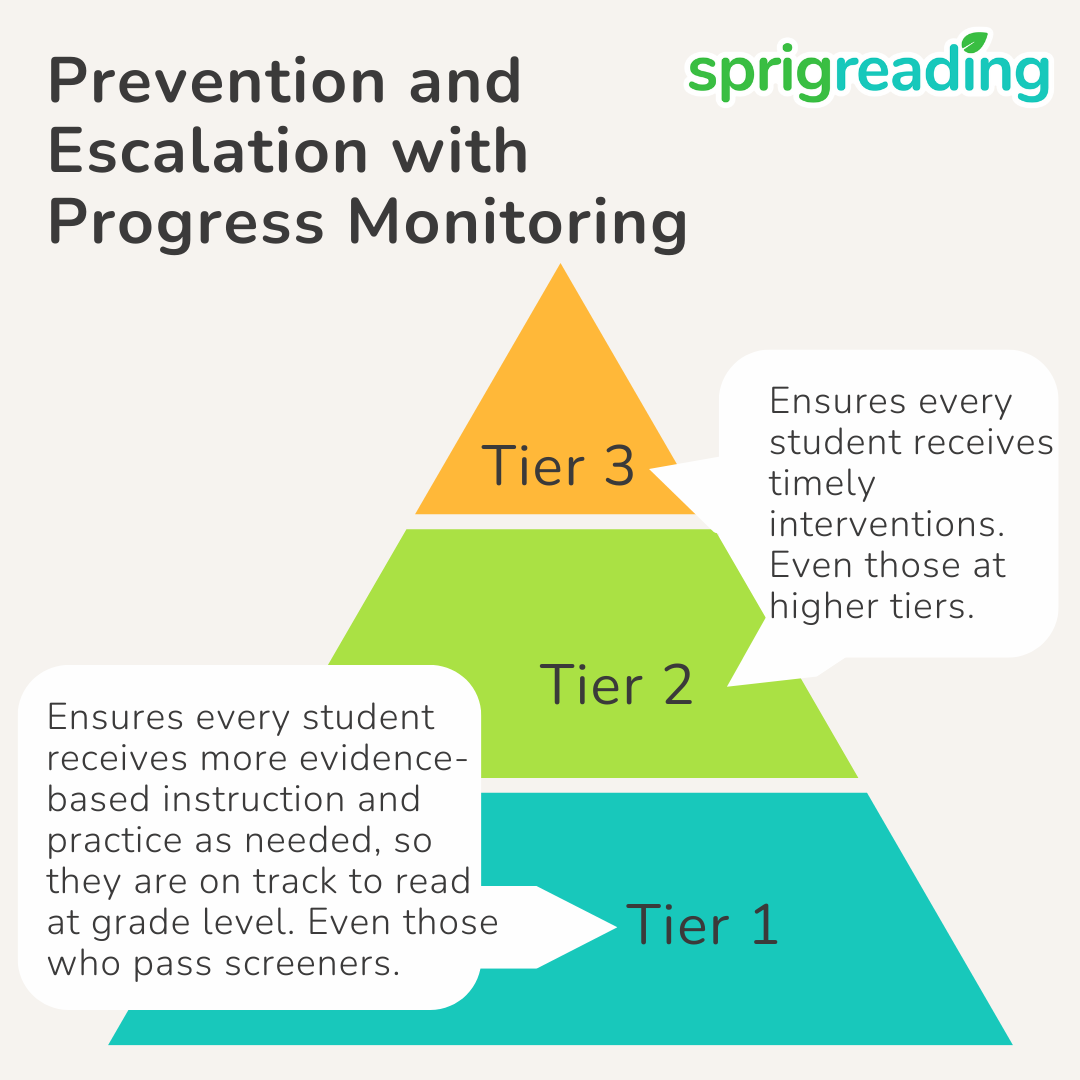
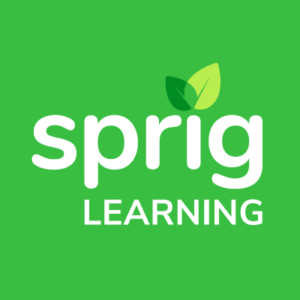





 VS
VS 